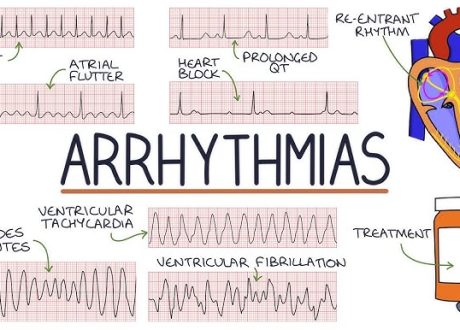Katie J. Walker MBChB, FACEM , Jirayus Jiarpakdee BEng, PhD , Anne Loupis BSc (Hons) , Chakkrit Tantithamthavorn BEng, PhD , Keith Joe MBChB, FACEM , Michael Ben-Meir MBBS, FACEM , Hamed Akhlaghi FACEM, PhD , Jennie Hutton FACEM, MPH , Wei Wang PhD, MD , Michael Stephenson BHealthSci, GradDipHealthSci , Gabriel Blecher MBBS, FACEM , Paul Buntine MBBS, FACEM , Amy Sweeny RN, MPH (Epid) and Burak Turhan MSc, PhD
Annals of Emergency Medicine, Copyright © 2021 American College of Emergency Physicians
Study objective
To derive and internally and externally validate machine-learning models to predict emergency ambulance patient door–to–off-stretcher wait times that are applicable to a wide variety of emergency departments.
Methods
Nine emergency departments provided 3 years (2017 to 2019) of retrospective administrative data from Australia. Descriptive and exploratory analyses were undertaken on the datasets. Statistical and machine-learning models were developed to predict wait times at each site and were internally and externally validated.
Results
There were 421,894 episodes analyzed, and median site off-load times varied from 13 (interquartile range [IQR], 9 to 20) to 29 (IQR, 16 to 48) minutes. The global site prediction model median absolute errors were 11.7 minutes (95% confidence interval [CI], 11.7 to 11.8) using linear regression and 12.8 minutes (95% CI, 12.7 to 12.9) using elastic net. The individual site model prediction median absolute errors varied from the most accurate at 6.3 minutes (95% CI, 6.2 to 6.4) to the least accurate at 16.1 minutes (95% CI, 15.8 to 16.3). The model technique performance was the same for linear regression, random forests, elastic net, and rolling average. The important variables were the last k-patient average waits, triage category, and patient age. The global model performed at the lower end of the accuracy range compared with models for the individual sites but was within tolerable limits.
Conclusion
Electronic emergency demographic and flow information can be used to estimate emergency ambulance patient off-stretcher times. Models can be built with reasonable accuracy for multiple hospitals using a small number of point-of-care variables.










